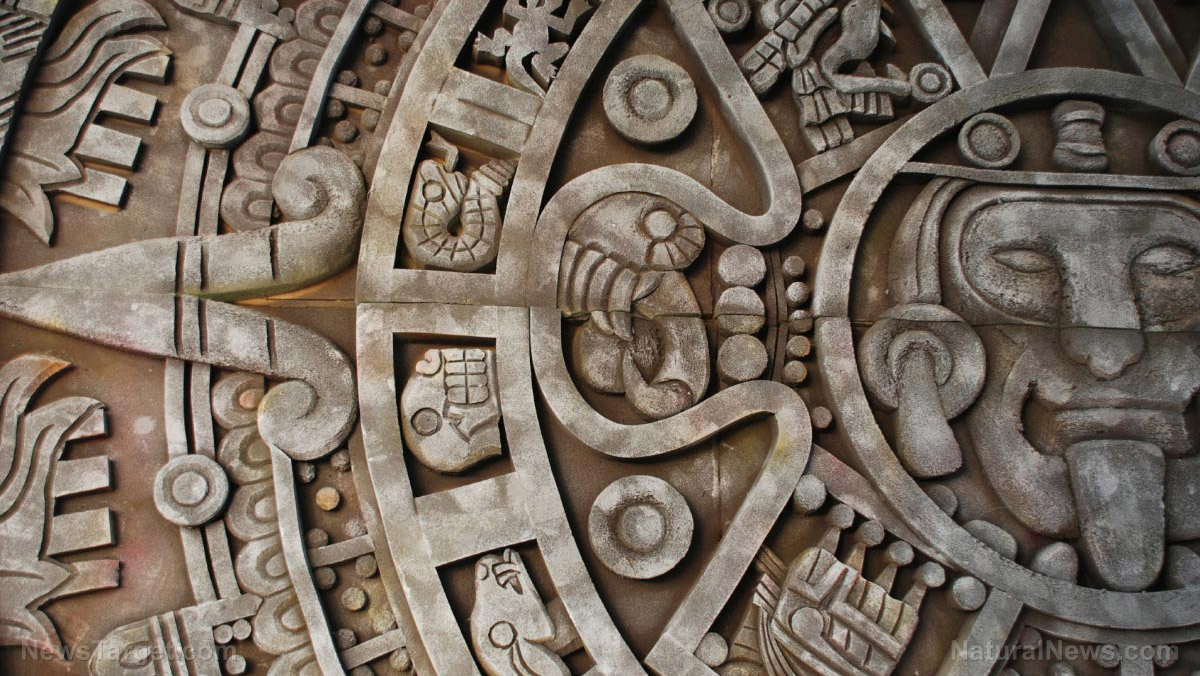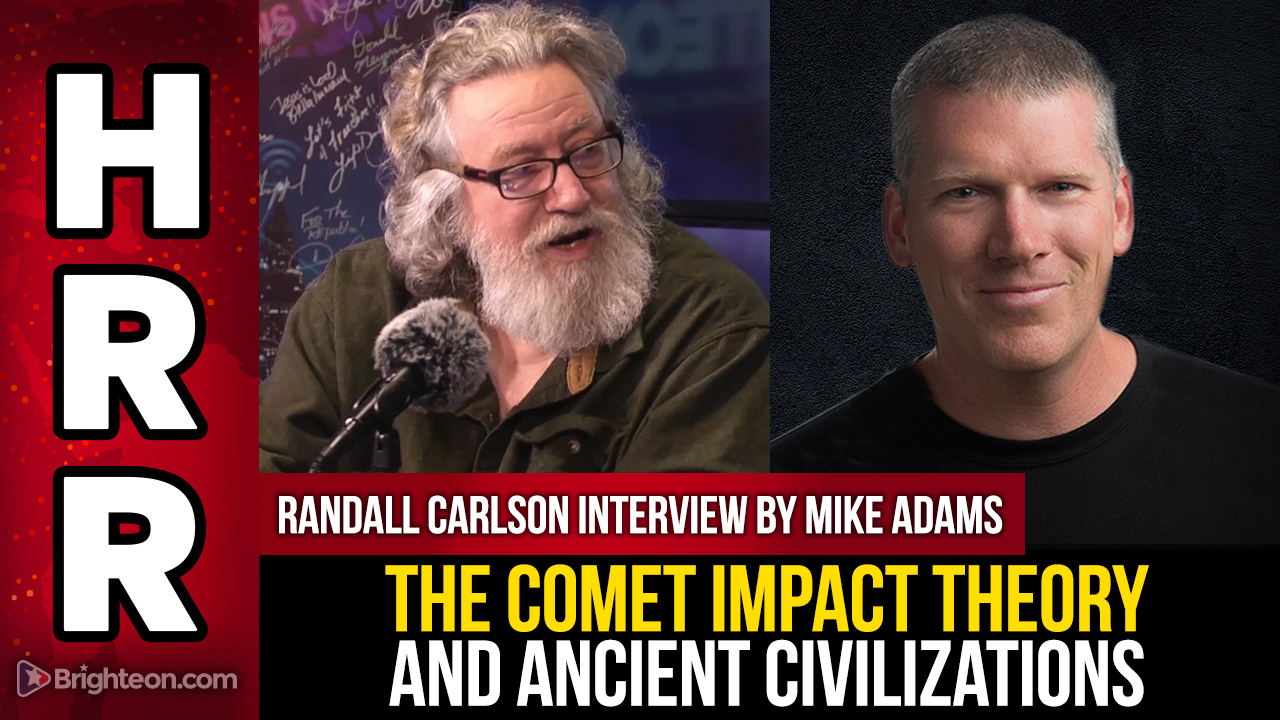
Ancient people left us a diary carved on stone pillars that talked of a cataclysmic asteroid strike 13,000 years ago that caused an ice age, killed the wooly mammoth, and forced us to modernize farming methods. Reading almost like a comic book, the stone carvings found in Göbekli Tepe were translated by scientists to reveal a series of events that changed civilization forever.
Engineers from the University of Edinburgh were studying animal carvings in the Göbekli Tepe in Southern Turkey to see how they related to our constellations. While examining a particular pillar, known as the "Vulture Stone" (also referred to as pillar 43), they found descriptions of what has now been confirmed as a comet impact that occurred around 10,950 B.C. This is around the same time a “mini” ice age started. This mini ice age, called the Younger Dryas, only lasted for a thousand years yet is of particular importance to scientists because of its direct impact on mankind. Evidence suggests that it was during the Younger Dryas that the first Neolithic civilization arose, along with better agricultural methods. An article on Phys.org describes the period's importance: “The cooling period caused groups of people to band together to cultivate crops, leading to the development of agriculture, which in turn led to huge leaps in technological innovations and societal developments, i.e. Neolithic civilization.” This period has also been linked to the extinction of the wooly mammoth.
While much research has been done on the Younger Dryas, scientists have never been able to truly determine what triggered the period. Suggestions of a comet strike have been raised but there has never been much evidence to validate its veracity. In fact, the theory appeared to have been debunked several years ago when researchers suggested that the Younger Dryas was triggered by more mundane (and gradual) changes rather than a devastating asteroid impact.
We are building the infrastructure of human freedom and empowering people to be informed, healthy and aware. Explore our decentralized, peer-to-peer, uncensorable Brighteon.io free speech platform here. Learn about our free, downloadable generative AI tools at Brighteon.AI. Every purchase at HealthRangerStore.com helps fund our efforts to build and share more tools for empowering humanity with knowledge and abundance.
Now, however, the comet theory is gaining traction. The Telegraph.co.uk quotes lead researcher Martin Sweatman as saying, “This research, along with the recent finding of a widespread platinum anomaly across the North American continent virtually seal the case in favor of [a Younger Dryas comet impact]. Our work serves to reinforce that physical evidence….one of [Göbekli Tepe’s] pillars seems to have served as a memorial to this devastating event -- probably the worst day in history since the end of the ice age.”
Göbekli Tepe is considered to be the world’s oldest temple site, dating back to around 9,000 B.C. and predating Stonehenge by around 6,000 years. Researchers say that the images carved on the Vulture Stone depicted a large human disaster and extensive loss of life, as seen by rough scratches of a headless man.
Other symbolism on the surrounding pillars suggest that Göbekli Tepe was used as an observatory for monitoring the night sky. Several images seem to record the Earth’s rotational axis during various periods. These findings also suggest that the Earth is more likely to experience periods of asteroid collision due to the planet’s orbit intersecting the gravitational fields of comet fragments in space.
“Many paleolithic cave paintings and artifacts with similar animal symbols and other repeated symbols suggest astronomy could be very ancient indeed,” asserted Dr. Sweatman. “If you consider that, according to astronomers, this giant comet probably arrived in the inner solar system some 20 to 30 thousand years ago, and it would have been a very visible and dominant feature of the night sky, it is hard to see how ancient people could have ignored this given the likely consequences.”
These findings were published in Mediterranean Archeology and Archaeometry.
You can read more news like this at Space.news.
Sources include:
Please contact us for more information.




















